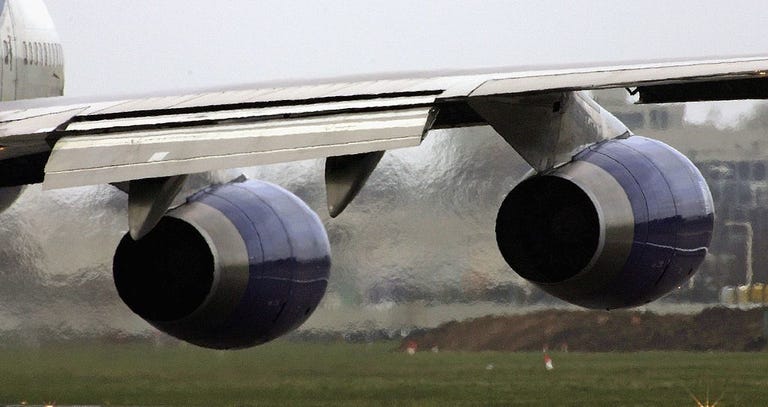Why Planes Are Slower Than They Used to Be
What gives?
By Andrew Moseman

GETTY IMAGESSCOTT BARBOUR
While we all love to complain about air travel, there's one annoyance few travelers even notice: Flying isn't getting faster. In fact, cross-country flights were a little quicker 50 years ago because airlines included less scheduled time for inevitable delays.
We're used to the idea that 50 years is an eternity is technological innovation. So why aren't we flying faster than we did in 1967, before humans landed on the moon? This video from Wendover Production tackles a number of curious developments that led to this speed stagnation.
For one thing, airliners' turbofan engines are most efficient in the 400-600 mph range where these planes typically fly. To go any faster—faster than the speed of sound—you'd need a proper jet engine like the Concorde had. But that remarkable plane used an incredible amount of fuel compared to a boring old 737, and it's not around anymore.
There are some interesting details in here about the physics of flight, too. It's actually dangerous for planes to fly right around the speed of sound, for example, which is why airlines wouldn't fly much faster than 600 mph even if it were fuel-efficient to do so. And there's just not enough consumer demand for faster flight to meet the huge costs that'd be required to go much faster.
Source: Digg
No comments:
Post a Comment